How much CO2 does a single volcano emit?

Some say it’s more than all of humanity emits in a year. But people say a lot of things. What does the science say?
“One volcano puts out more toxic gases — one volcano — than man makes in a whole year. And when you look at this ‘climate change,’ and when you look at the regular climate change that we all have in the world, we have warm and we have cooling spells.” –John Raese
Every volcanic eruption that occurs on planet Earth is full of pollutants. Not just ash and dust, mind you, but also carbon dioxide: one of the strongest greenhouse gases on our planet. In the largest cases, a single volcanic plume, lasting only hours, might add many millions of tons of carbon dioxide to the atmosphere. Could it be the case, then, that individual volcanoes add more carbon dioxide to our atmosphere than human activity does? To find the answer, we’ve got to look to the scientific data.
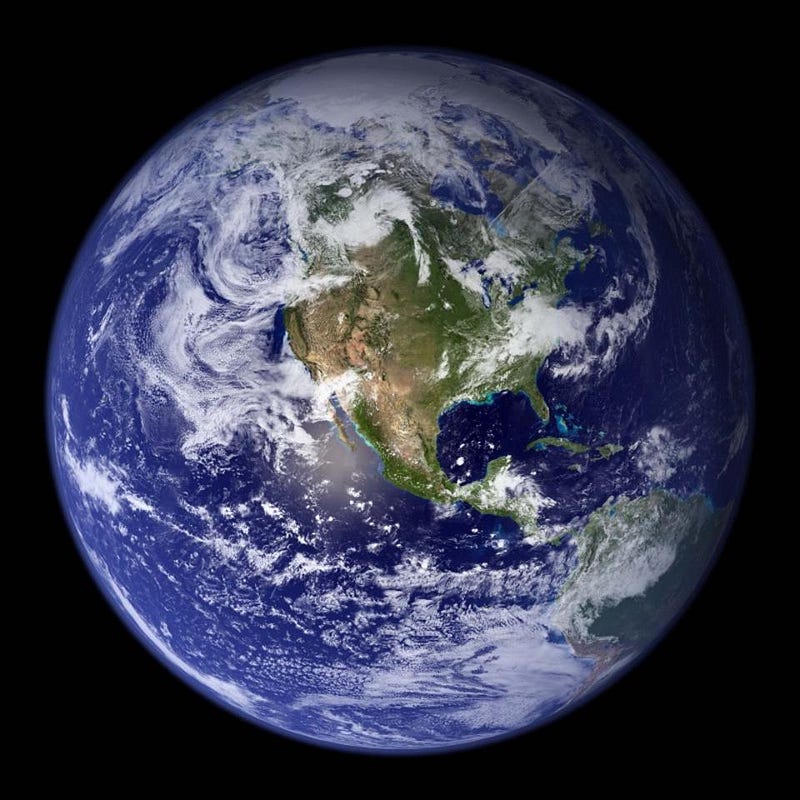
As viewed from space, it’s immediately clear that the Earth is a truly living planet, distinct from every other known world in the Solar System. With continents, liquid oceans, icecaps, changing cloud patterns, and a thin but substantial atmosphere, our planet is teeming with life, changing from day-to-day and season-to-season. Without the atmosphere, our world would be some 33º C (59º F) cooler, would be incapable of having liquid water on the surface, and would see the most important part of our world — the surface — change irrevocably. Even though it’s only around 0.0001% the mass of our planet, the atmosphere makes our world habitable.
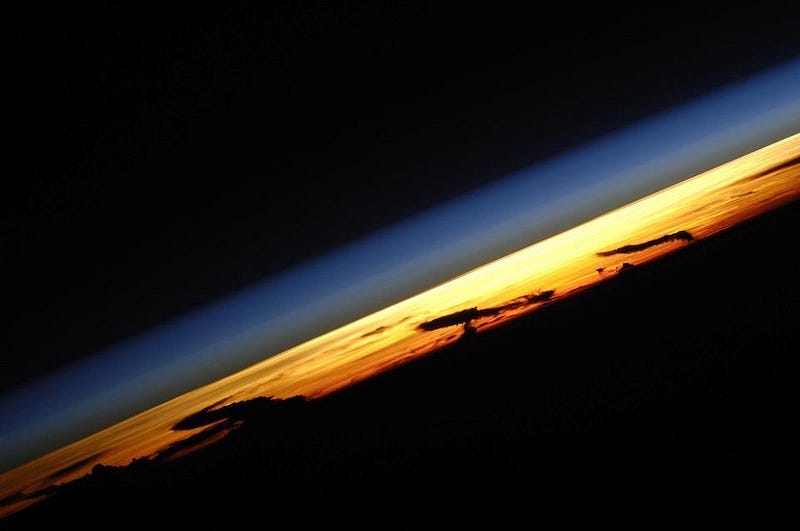
The pressure allows water to exist in the liquid phase, and the heat-trapping clouds and gases like water vapor, methane, and carbon dioxide give us the warmth necessary to have oceans. Carbon in particular is a tremendous part of our planet; it’s the fourth most abundant element in the Universe, the essential element for organic matter, and — other than the Sun — is the most important factor in determining Earth’s temperature. It’s also the essential element in two of the three major greenhouse gases playing a role in our temperature, with water vapor varying tremendously based on other factors. But most of that carbon is sequestered not in the Earth’s crust, but deep within the mantle.
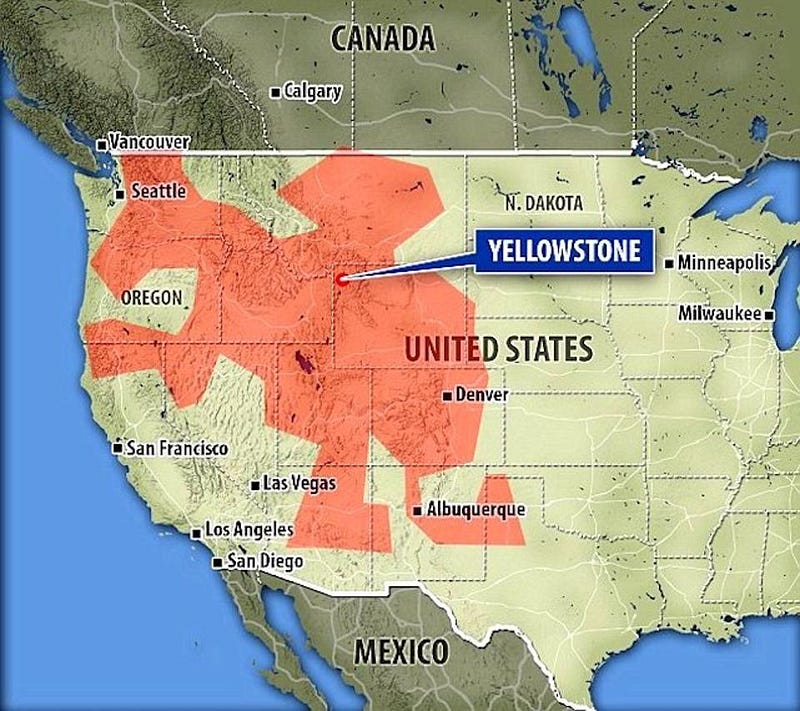
For billions of years, geological processes like volcanic eruptions controlled the carbon concentration in the atmosphere, as volcanism is the major way that carbon rises from the mantle into the atmosphere. Most of the carbon stored in the mantle is in the form of carbonate (a salt of carbonic acid), but there are also huge stores of actual carbon dioxide sequestered deep within the mantle as a dissolved gas within the liquid rock. Recent research about carbon reserves discovered underneath the United States has led to a new estimate of the amount of carbon in the Earth’s upper mantle: approximately 100 trillion tons. By contrast, there are only about 3.2 trillion tons of CO2 (containing about 870 billion tons of actual carbon) in the atmosphere today.
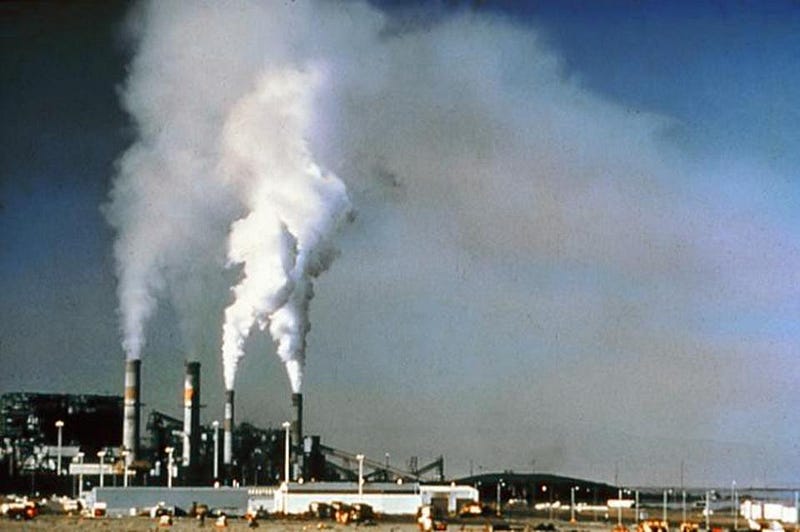
Yes, we’ve accurately measured and estimated the amount of carbon dioxide that humans have been adding to the atmosphere through our burning of fossil fuels, but it’s vital to know what the natural rate of CO2 emission is to understand the impact humans are having. Humans emit around 29 billion tons of CO2 each year: a little less than 1% of present atmospheric CO2. We tend to think of erupting volcanoes with active, smoking plumes as the biggest source of carbon dioxide, and Mt. Etna is not only a classic example, it’s one of the most reliable volcanoes of all. If anyone ever bets you, “which major volcano do you think might erupt this year,” bet on Mt. Etna.
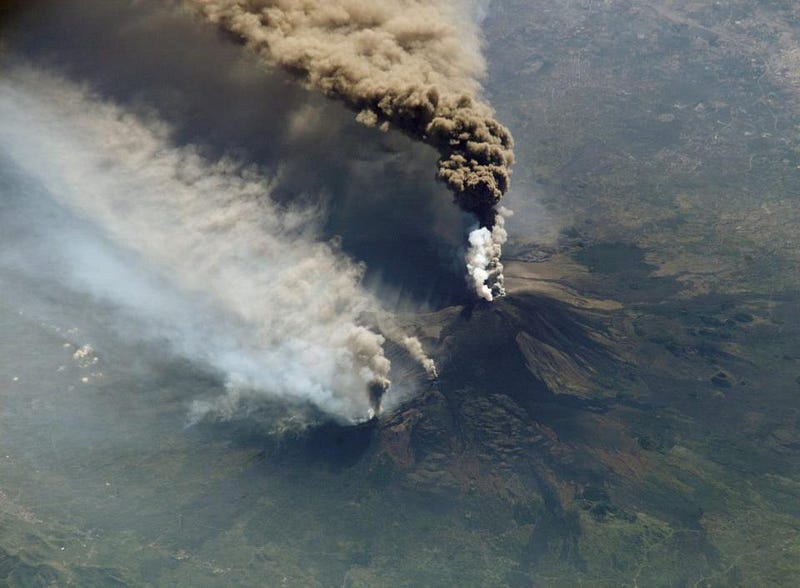
We can measure the degassing of Mt. Etna extremely well, and find that it adds about 16,000 tons of CO2 to the atmosphere each day, or 5.8 million tons per year. This might not sound impressive, but it’s only one volcano. Interestingly, it’s not just smoking, actively erupting volcanoes that emit CO2, but seemingly inactive volcanoes around arcs and rift zones. Persistent degassing still occurs around a great number of volcanoes worldwide, on a continuous basis.
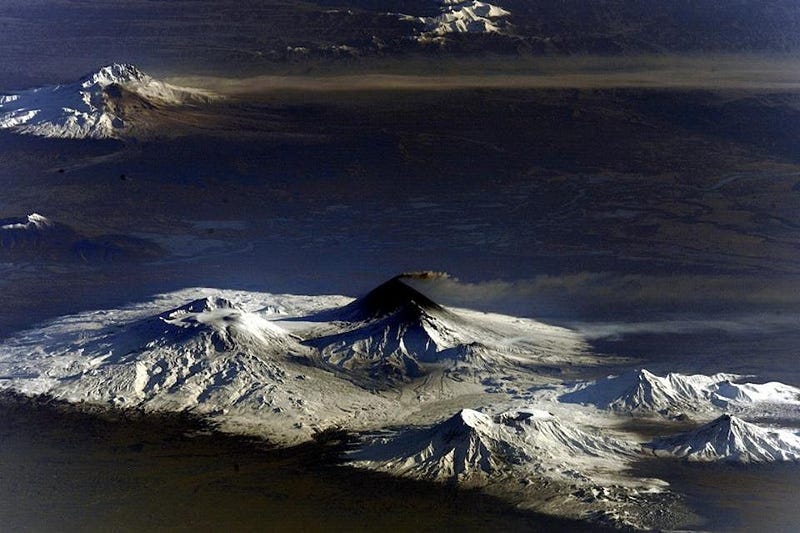
A tremendous synthesis of information took place in 2013, revealing our best value yet for the total amount of CO2 emitted from natural release events within Earth. They found:
- 33 measured degassing volcanoes emit a total of 60 million tons of CO2 per year.
- There are a total of ~150 known degassing volcanoes, implying (based on the measured ones) that a total of 271 million tons of CO2 are released annually.
- 30 historically active volcanoes are measured to emit a total of 6.4 million tons of CO2 per year.
- With ~550 historically active volcanoes total, they extrapolate this class of object contributes 117 million tons per year.
- The global total from volcanic lakes is 94 million tons of CO2 per year.
- Additional emissions from tectonic, hydrothermal and inactive volcanic areas contribute an estimated 66 million tons of CO2 per year, although the total number of emitting, tectonic areas are unknown.
- And finally, emissions from mid-ocean ridges are estimated to be 97 million tons of CO2 annually.
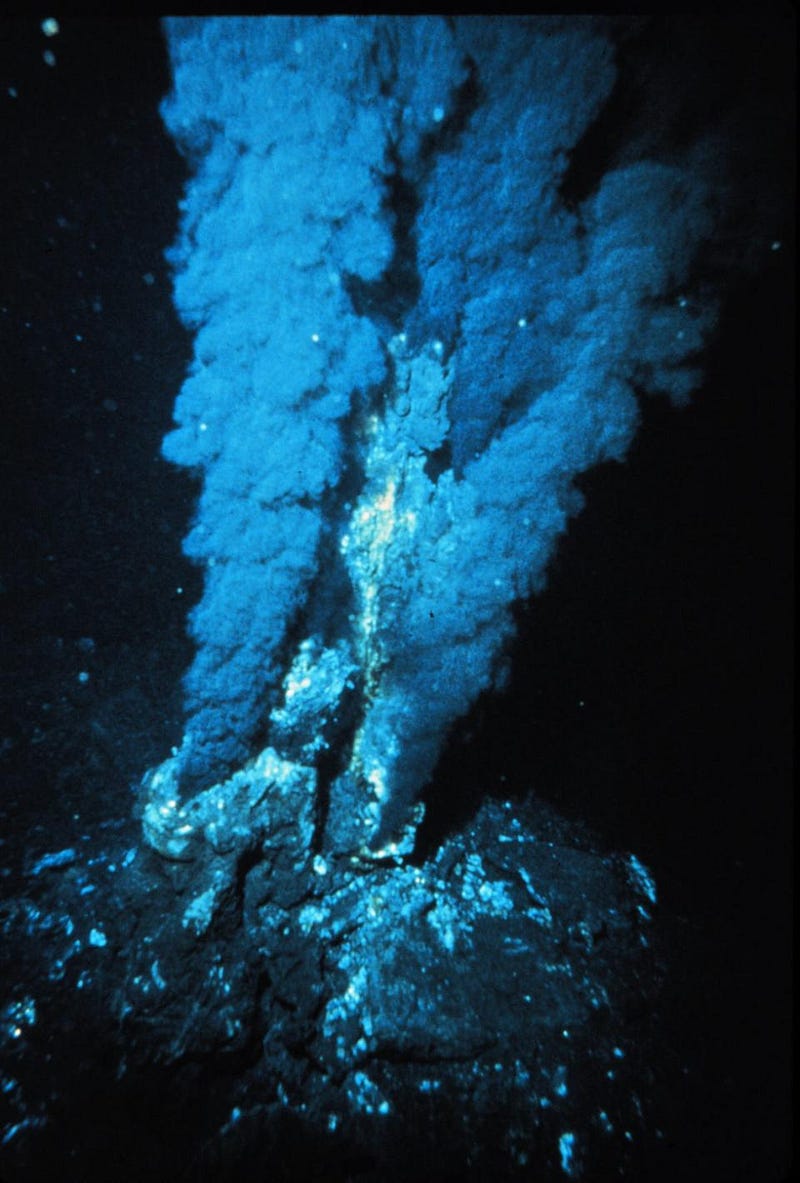
Add all of these up, and you get an estimate of around 645 million tons of CO2 per year. Yes, there are uncertainties; yes, there’s annual variation; yes, it’s easy to get led astray if you think that Mt. Etna is typical, rather than the unusually large emitter of CO2 that it is. When you realize that volcanism contributes 645 million tons of CO2 per year — and it becomes clearer if you write it as 0.645 billion tons of CO2 per year — compared to humanity’s 29 billion tons per year, it’s overwhelmingly clear what’s caused the carbon dioxide increase in Earth’s atmosphere since 1750.
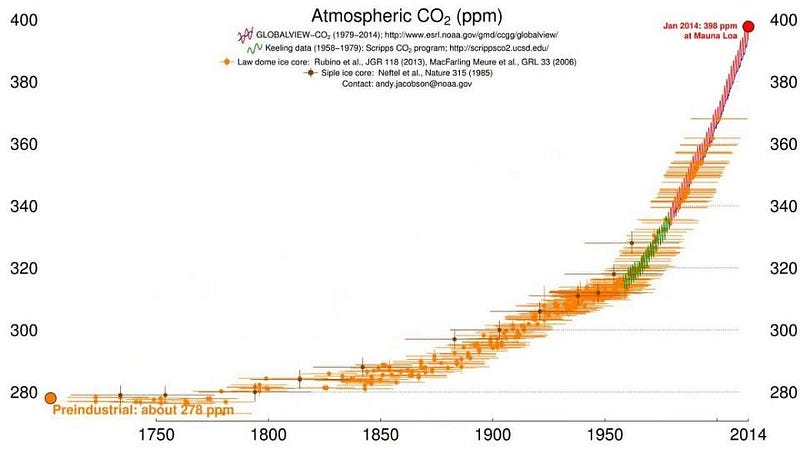
In fact, even if we include the rare, very large volcanic eruptions, like 1980’s Mount St. Helens or 1991’s Mount Pinatubo eruption, they only emitted 10 and 50 million tons of CO2 each, respectively. It would take three Mount St. Helens and one Mount Pinatubo eruption every day to equal the amount that humanity is presently emitting.
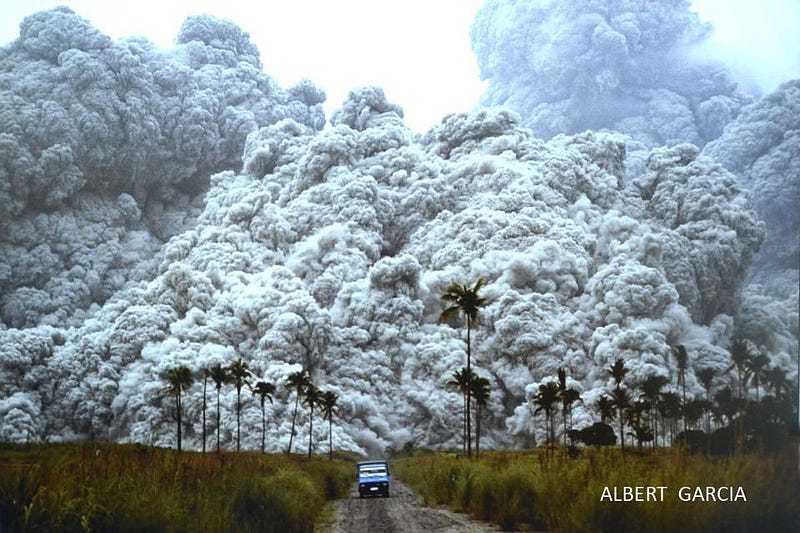
The Earth’s mantle is full of trillions of tons of carbon alone, and if even a small percent of it were added to the atmosphere, it has the potential to be absolutely catastrophic for the planet. But given the scales of the eruptions we actually have, less than a billion tons are emitted per year thanks to volcanic activity: a small enough amount that our planet can sequester roughly the same amount on a per-year basis.
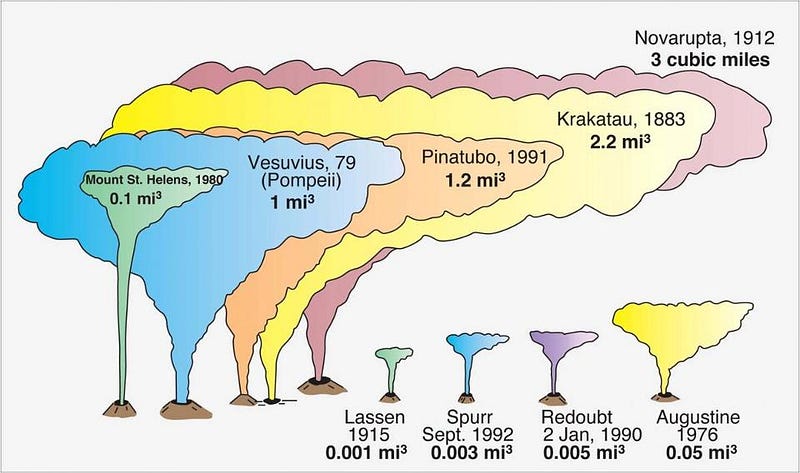
If not for the influence of humans, the climate and carbon dioxide concentrations would be stable. Rising CO2 is a problem that we’re actively causing, and if we want to fix it, that’s up to us, too.
Ethan Siegel is the author of Beyond the Galaxy and Treknology. You can pre-order his third book, currently in development: the Encyclopaedia Cosmologica.





